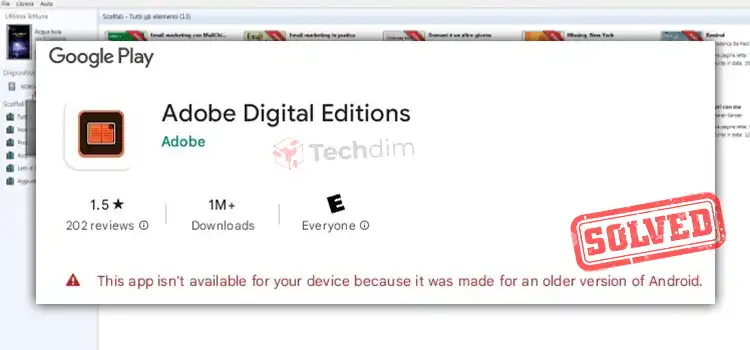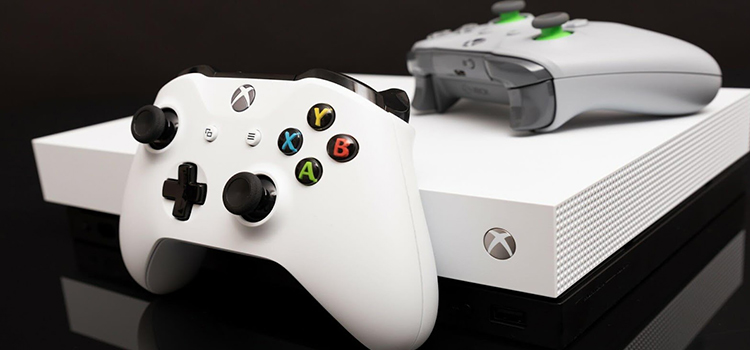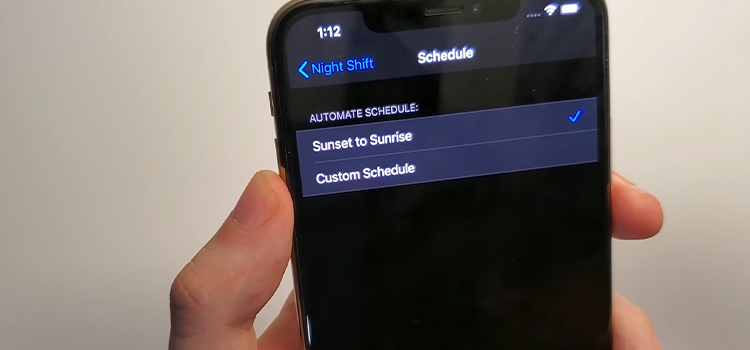How To Make A Medical Application Friendly For Users With Disabilities With UX Design
Creating medical applications is far from a new trend in mobile development, but its relevance has increased significantly in recent years. Medical mobile platforms perform a number of important tasks: help you find a doctor or make an appointment, get a remote consultation, keep a record of your symptoms, or simply monitor your health more carefully. If you are interested in how to build a doctor appointment app that meets the requirements of all users, including those with disabilities, this article is for you.

What Are Medical Applications?
Medical applications can perform different tasks. They make life easier not only for patients but also for doctors and medical personnel. Let’s take a look at the most popular types of applications.
1. For medication reminders
If you need to take medication daily for a long time, it is very easy to forget and miss the next dose. According to statistics, this happens to more than 80% of patients. But in many cases, this can affect the deterioration of health or violation of the treatment regimen. For example, in oncology, epilepsy, or tuberculosis, skipping one pill can lead to serious attacks. Many people schedule their medications in notes or a calendar on their phone, but this is not very convenient. For this purpose, there are special applications that not only help track pill intake but also automatically schedule and send notifications with reminders of taking. Such applications should have very simple and clear functionality, as well as a minimalistic interface and the ability to personalize notifications.
2. To find a doctor
Finding a competent and responsible specialist who can provide high-quality treatment is a rather difficult task. Often word of mouth helps with this, but there are situations when it does not work. For example, if you move to an unfamiliar city. In this case, you can find a doctor using the appropriate application to find medical specialists. The main thing in such applications is clearly structured information. The lists of doctors in them should be divided into different categories: area of specialization, place of work, price for an appointment, etc. Filter functions in the search are also required. You can ask Langate for help if you want to build an excellent doctor appointment app.
3. For online consultations
For mild illnesses, it is not necessary to go to the doctor in person: instead, you can get by with an online consultation. This will save time for both the doctor and the patient, as well as save the patient from the risk of infection within the walls of a medical institution. There are separate applications for such consultations, but the chat function with a doctor may also be present in applications for finding a doctor. The main function of such platforms is the possibility of video communication for examining a patient a doctor, with good speed and transmission quality, which will work even in poor connection conditions.
4. For psychological help
The provision of psychological assistance in a remote format has become more relevant in recent years, since in a pandemic, not everyone can regularly visit a psychotherapist in person. Separate applications are also created for this purpose. In addition, there are applications for self-help. For example, with various exercises to relieve stress, a guide to action for panic attacks, etc. In such mobile products, a simple interface in soothing colors is very important, as well as quick access to the main functions.
5. To maintain a medical record
Despite the fact that it is customary in medical institutions to keep paper medical records, the patient can download an application that will keep a digital copy of his record. This is necessary in order to conveniently store all the information and quickly find certain data if necessary. In such an application, the entire medical history, prescriptions, sick leave, etc. will be visible. Such platforms should have a quick search function, the ability to conveniently structure information, and most importantly, a high degree of data protection including compliance with HIPAA.
What to Pay Attention to When Designing UX Design for Users With Disabilities
Developing a medical application for users with disabilities requires a special approach. The focus should be on UX design.
a. Font Setting
The easiest way to make the on-screen text more readable is to give users the ability to customize fonts to suit their needs. The font size in the application should be 12-16px by default, which is recommended in most manuals, and in addition, there should be an option to increase it. Another great idea is to have multiple font designs to choose from. There are “light” and “heavy” fonts – “light” fonts are thinner and more visually stylish, but are not comfortable for people with visual impairments to read, while thick “heavy” fonts will provide them with a much more pleasant user experience.
b. Color/Contrast Adjustment
Another factor that makes app navigation difficult for visually impaired people is the soft colors that form the palette of many modern mobile products. Therefore, it is necessary to either always maintain the contrast between the background color of the screen and its elements (including text), or make the option to increase the contrast manually. One popular example of this option is the dark/light theme option, which allows light text on a dark background (and vice versa).
c. Voice Features
The ability to use mobile apps with voice is the only option for many people with all kinds of disabilities. Most modern smartphones have built-in voice control functions, but the presence of such functions in the product itself is a separate big plus. For example, if your app has a lot of long text snippets, you might want to integrate a screen-reading voice tool into the app. Another highly requested feature is the voice assistant, which guides the user through the product with voice prompts.
d. Screen Scaling
In some cases, increasing the font is not enough, because it can be difficult for users to visually perceive other elements on the screen. Therefore, in addition to setting the font size, you can enable the application to scale the screen with all its elements. This will provide much greater accessibility for people with visual impairments and reduce the number of errors when performing any action in the application.
Final Thoughts
A medical application can be useful and in demand, but success depends on careful research, competent development, and careful attention to user needs and legal requirements. If you want to build a doctor appointment app, we recommend that you contact Langate. The company provides high-quality services for the development of medical applications for solving various problems, both for patients and doctors.
Subscribe to our newsletter
& plug into
the world of technology





